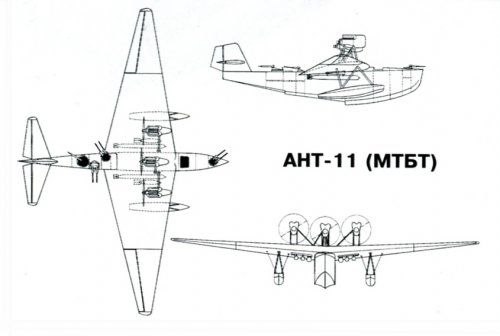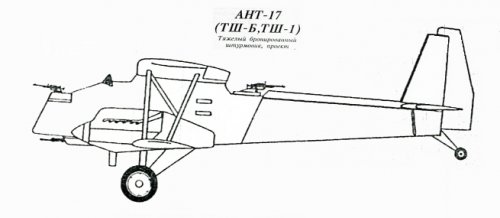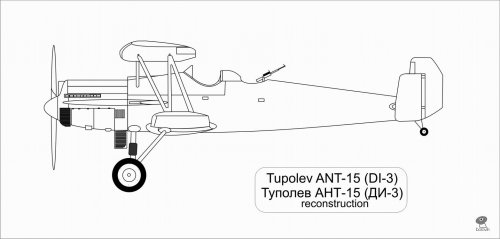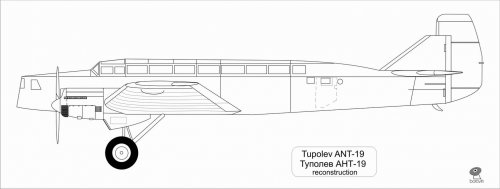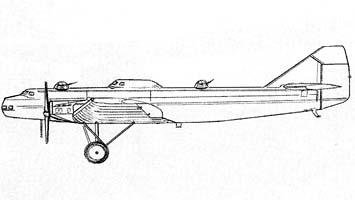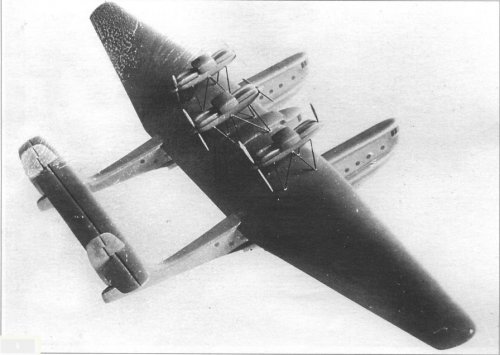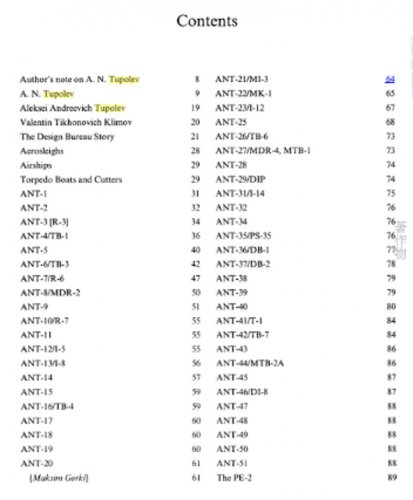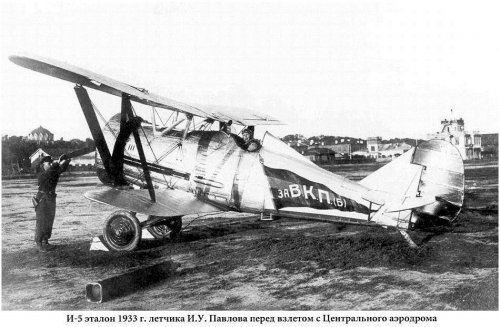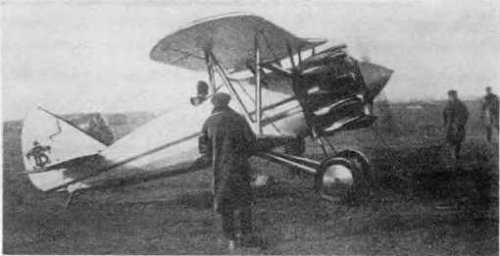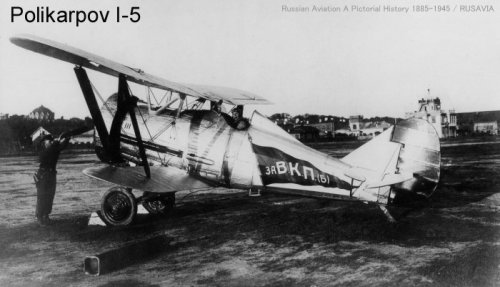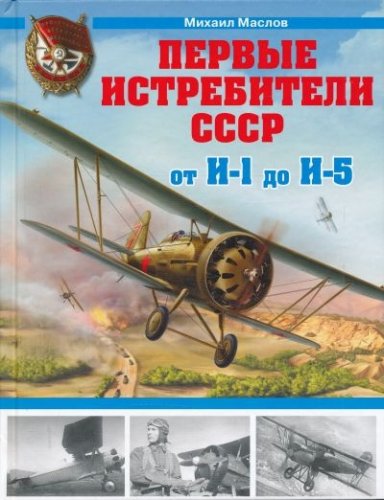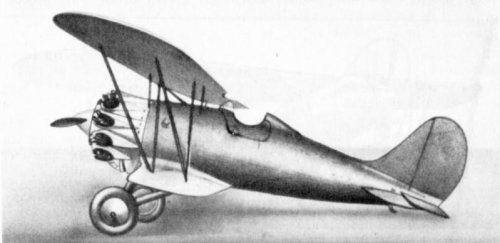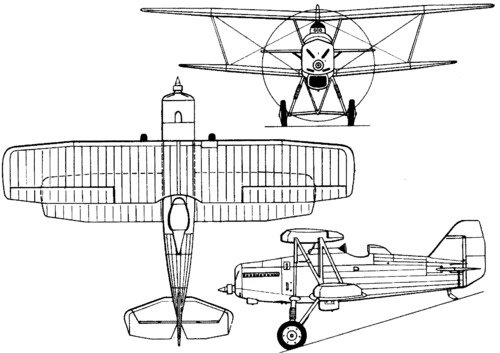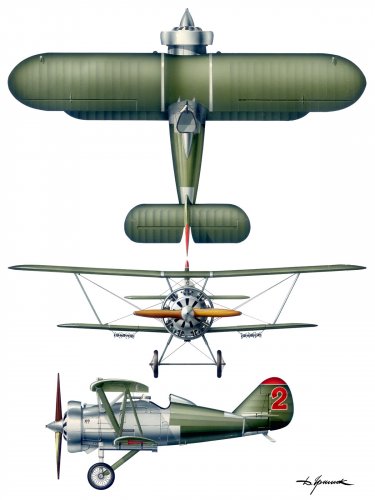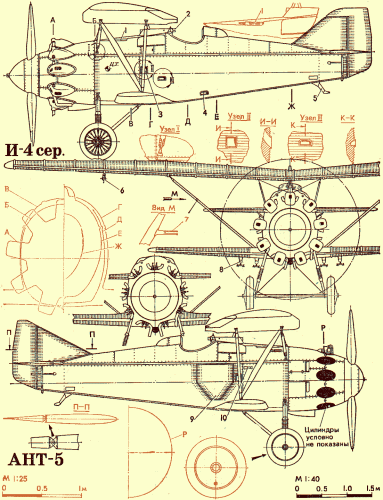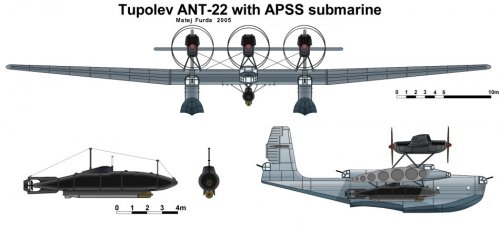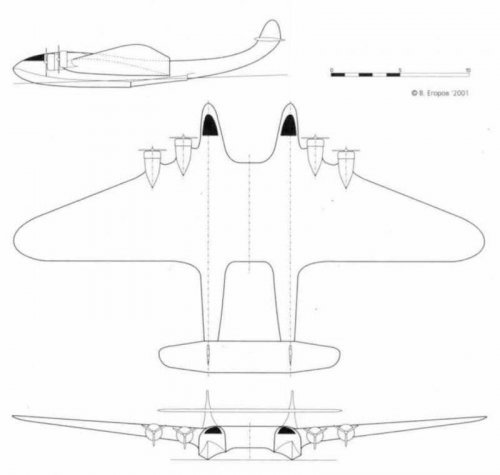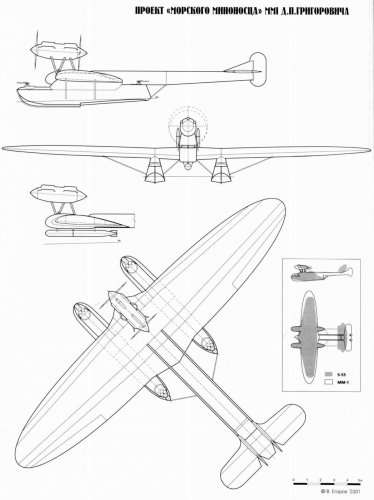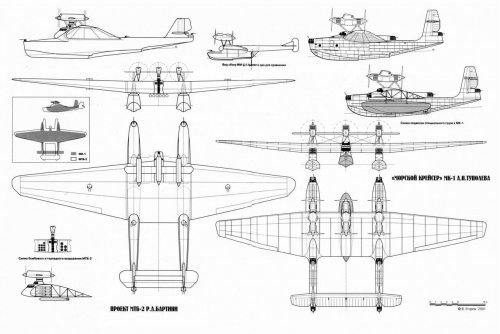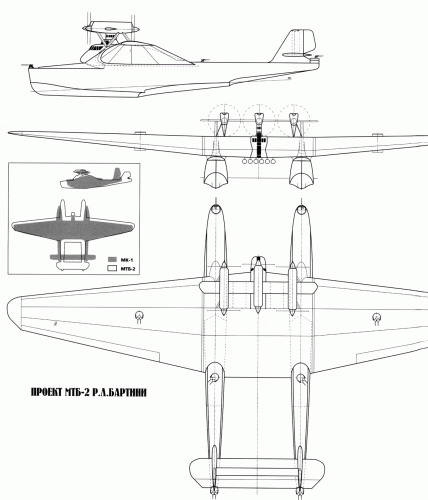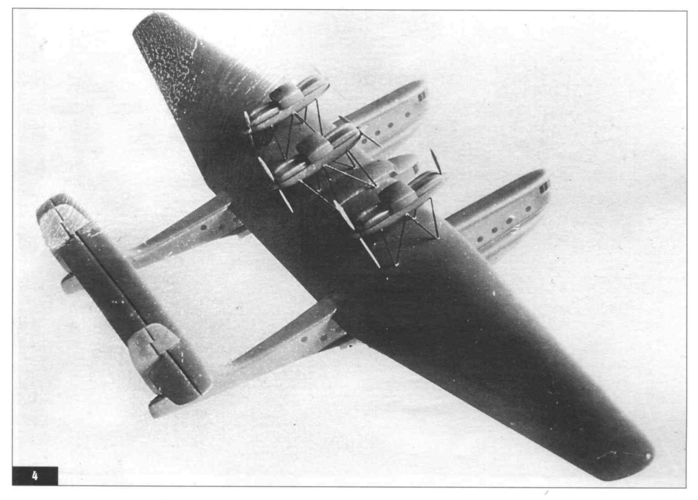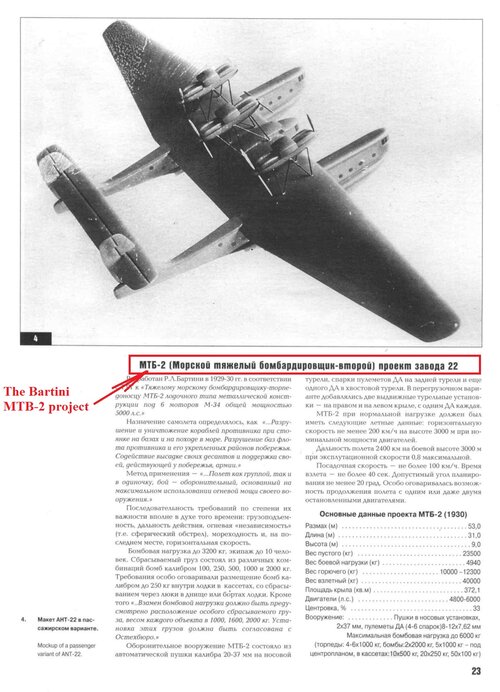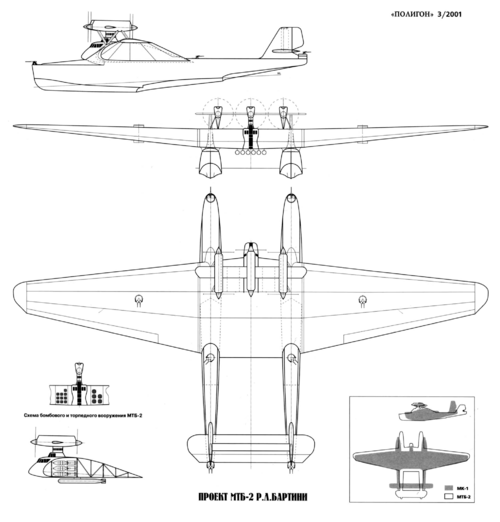Redstar's detailed response makes sense and is fully in accord with the sources I quoted. Only the interesting detail about the ANT-12 being a composite-construction I-4 is new to me.
Wikipedia is a great encyclopedia that gains significantly in reliability by being crowd-sourced. But it is still an encyclopedia, a tertiary source. It deliberately bars primary sources and original research/synthesis (secondary sources). What a third-hand publication gains in accessibility and comprehensiveness is always offset to some degree by reduced accuracy when it comes to details and less insightful interpretation.
The idea that the Polikarpov I-5 was somehow an amalgam of the ANT-12/I-5 and the I-6 seems unlikely, given the very different design principles of the two organizations. Both teams used types of mixed/composite construction. But the types were very different.
Tupolev aircraft like the Sukhoi I-4/ANT-5 used a Junkers-style structure built up from metal tubes and covered with corrugated aluminum alloy sheet. Y. Gordon mentions an I-4 variant that was studied with mixed, wood/metal construction "split" wings that was studied until 1931 but never flown (might this be a reference to Redstar's ANT-13?). But adding wood components to an ANT-5/I-4 wing would be a very different sort of mixed constrution from the type Polikarpov practiced.
The I-6 and the production Polikarpov I-5 used the kind of classic, mixed construction pioneered by Anthony Fokker in the D-VII. The I-6's wings were fabric-covered with wooden spars. Aluminum alloy was used for wing ribs, control surface framing, and struts. The fuselage was a wooden semi-monococque covered with strips of wood veneer (shpon). The engine was mounted on a framework of welded steel tubes and cowled with aluminum alloy panels. The VT-11 (prototype of the production I-5) and the production I-5s abandoned the semi-monococque fuselage construction. A welded, steel tube box beam formed the main structure of the fuselage. This was faired to an oval section with aluminum alloy formers and stringers, covered in fabric and by detachable aluminum panels around the engine. The outer wing panels had wooden spars and ribs. These were joined to an all-metal center section. Control surfaces were aluminum-alloy framed, as were the fin and rudder. All surfaces were fabric-covered.
The requirement for what became the Polikarpov I-5 followed closely on initial producion of the all-metal Tupolev/Sukhoi I-4. It was clearly meant to address shortcomings in its predecessor. The most obvious advantage of the newer design is that it did not rely so heavilly on aluminum alloy. Wood and steel were more readily available and, more importantly, more familiar to the work force. The I-6/VT-11/I-5 would thus have been easier to produce in quantity at a time when all Soviet production facilities were having trouble meeting delivery schedules and quality requirements.
Once we see the I-6/VT-ll as a rival to the I-4, the idea of a combined I-13/I-6 project seems unlikely on political as well as technical grounds. The period we are discussing, 1928-1930, was the period when Stalin's big purges were affecting the aviation industry. Designers were blaming delays and poor test results on factories that couldn't meet quality controls or schedules. Factories were in turn blaming designers for "unproducible" designs. So both Polikarpov and Tupolev had an interst in the other's failure. As the champion of all-metal airframes, Tupolev did not want to see old-fashioned, not-invented-here products proving that his own engneering approach was at fault for production shortfalls. Polikarpov likewise did not want his success as a fighter designer to be compromised by the real or perceived production bottlenecks rooted in Tupolev's single-minded devotion to metal. So they criticized each other, interfered with each other's requisitions, etc. until Polikarpov was arrested and imprisoned for "bourgeois sabotage" (Tupolev's chance would come too, soon enough).
The I-6 was completed and successfully test flown after Polikarpov was imprisoned, under Kocherygin's direction. But it was not fully developed or cleared for production. With the I-6 out of the way, Tupolev seems to have lost what little incentive he had for a mixed construction ANT-13. Apparently, his position remained that the I-4/ANT-5 was good enough, and nothing substantive came of the ANT-13.
However, the air force still lacked a modern, mass-production fighter. So, under secret police managment, Polikarpov designed his VT-11/I-5 essentially as an I-6 with a lighter, easier to build fuselage and a revised wing structure--the published dimensions of the I-6, VT-11/12/13, and prodution I-5 are virtually identical. There is no obvious sign of any Tupolev/Sukhoi influence.

